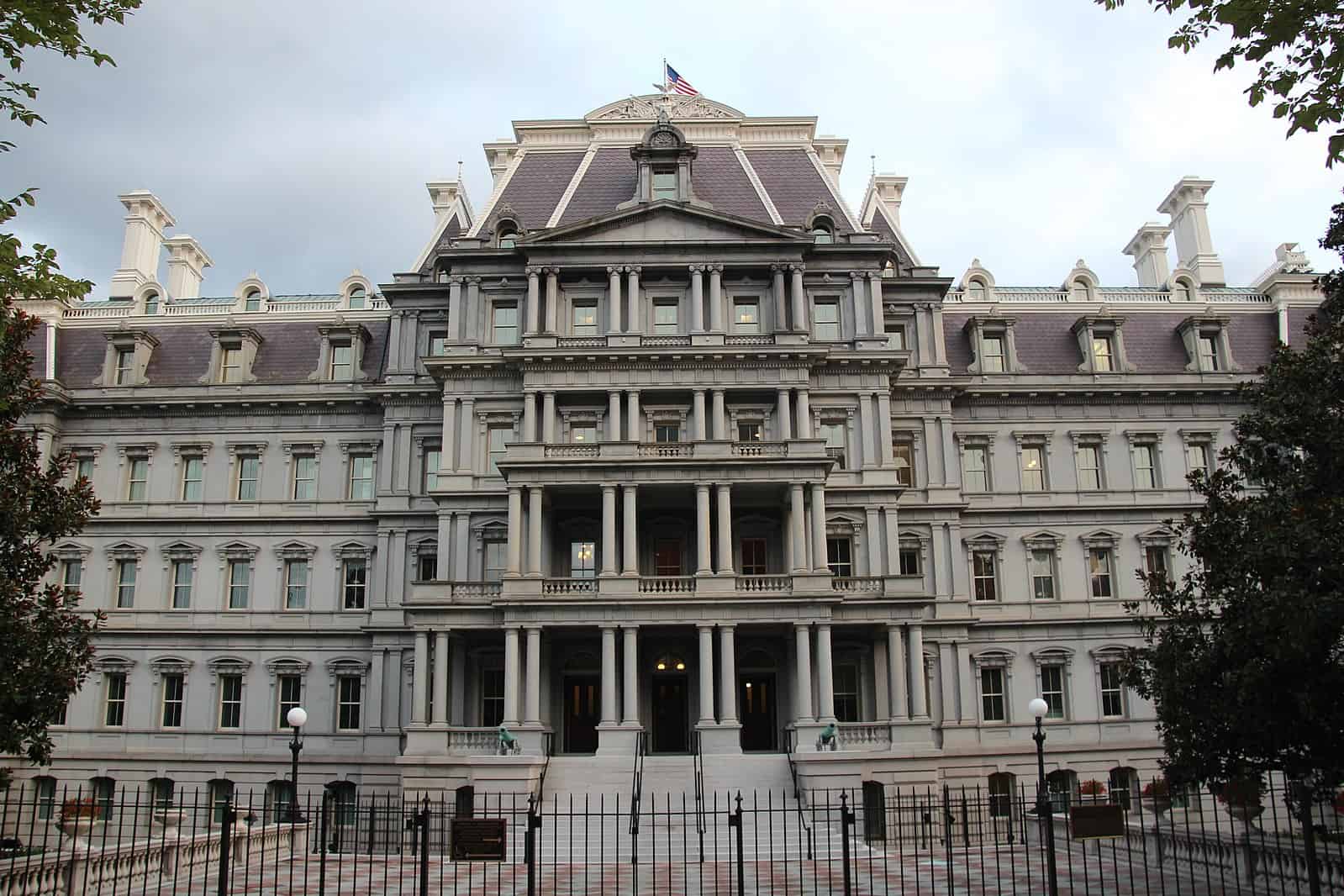Michael Migiel-Schwartz is a student at Harvard Law School and a member of the Labor and Employment Lab.
In January the Biden administration announced that Sharon Block, formerly of the Harvard Labor and Worklife Program, would be the top politically appointed official at the Office of Information and Regulatory Affairs (OIRA). This prompts two questions: what is OIRA, and what can this office—historically subject to progressive critique—do for workers?
OIRA sits within the executive branch’s Office of Management and Budget (OMB) and reviews other agencies’ significant regulatory proposals before they can take effect. Congress created OIRA in 1980, and an executive order from then President Reagan granted it authority to review all federal rules.
OIRA has two main missions: the first is to help the President oversee the regulatory process and ensure that regulations are consistent with the President’s policy preferences; the second, better-known mission is to facilitate a peer review process for agency rulemaking, by sharing draft regulations across agencies for comment and reviewing each rule’s cost-benefit analysis. Functionally OIRA is involved three times with any rule: an informal review (which can include meetings and swapping of drafts); a review of the draft proposal; and a review of the final rule.
Thanks to tweaks to the cost-benefit standard made by the Clinton and Obama administrations, OIRA’s analysis is not purely based on efficiency. Indeed, Obama’s executive order permits agencies to consider values that are difficult “to quantify, including equity, human dignity, fairness, and distributive impacts.” If, for instance, OIRA questions whether an agency has demonstrated that the benefits of a rule justify its costs, the agency may defend the rule based on such “nonmonetizable benefits.”
Yet despite changes to the office’s guiding principles, many question whether OIRA can advance progressive causes. Critics contend that OIRA largely serves to slow and even block rulemaking. Though OIRA is supposed to complete its review within 90 days of receiving a regulation, “rules often gather dust for far longer.” Moreover, as others (including Senator Elizabeth Warren) have argued, OIRA’s regulatory review is readily captured by corporate interests. Indeed, OIRA functions a sort of “court of last resort” for industry lobbying: if an industry group fails to convince experts at, say, the Occupational Safety and Health Administration to alter regulation, it can still lobby OIRA to make final changes. In fact, industry representatives get as much of 73 percent of OIRA’s time with external parties. And per a 2011 study, rules subject to meetings with stakeholders at OIRA were 29 percent more likely to be changed than those that were not.
Delay and corporate capture may be made possible by OIRA’s lack of transparency. The informal review process is not subject to Freedom of Information Act requests, and though OIRA has in recent years posted meeting logs, such disclosures have not stated who proposed rule changes or on what basis changes were made. One study estimated that OIRA “keeps secret the substance of the changes it makes to 84 percent of EPA and 65 percent of other agencies’ submissions.”
This has real impacts. In 2011, following years of study, public comments, and hearings, OSHA—against industry opposition—moved to reduce permissible levels of silica in the air during various industrial processes, predicting this would save 700 lives annually. Deliberations at OIRA lasted over two years, during which OIRA held nine meetings with industry representatives, but met only once each with unions and health advocates. OSHA then took its own time to respond to OIRA and in 2016 capitulated, imposing the same limit on silica the Center for Disease Control recommended in 1974.
While many agree that OIRA has suffered from delay, corporate capture, and a lack of transparency, not all agree on a path forward. Some view OIRA as staffed by those who “by training or ideology are skeptical of regulations.” They conclude that we should abolish OIRA. There are others—including Sharon Block—who articulate a progressive vision for OIRA. These commentators have also been skeptical of OIRA but have argued that the office can change both its substantive goals and its procedures to better advance progressive causes—including those of workers and unions.
Todd Tucker and Rajesh Nayak for instance have developed a comprehensive vision for “OIRA 2.0.” They argue that OIRA’s cost-benefit analysis should be transformed to provide direction on how agencies address racial justice, climate change, and inequality. Specifically, they note that OIRA should increase racial equity by requiring agencies to consider the disparate costs and benefits shouldered by marginalized groups, change cost-benefit statistical measures in order to better respond to the crisis of climate change, and address inequality by directing agencies to alter cost-benefit analyses to better calculate how proposed rules impact distributions of benefits from one group to another. Block herself has commended this approach, arguing that the Biden administration must ask how each action it takes impacts the “livelihoods of American workers, especially workers of color who were disproportionately harmed by the pandemic.”
There is some reason to think the Biden administration is embracing this strategy. In a recent executive order and memorandum President Biden instructed the Director of OMB to produce recommendations on how regulatory review can promote “health and safety, economic growth, social welfare, racial justice, [and] environmental stewardship,” and to consider how OIRA can more proactively promote these goals.
But—as we know from the Obama executive order—changes to OIRA’s substantive cost-benefit analysis is not enough, which is why proponents of revitalizing OIRA recognize it is equally important to undo the corporate influence that has long plagued the office. Block herself has argued, first, that corporations have an outsized influence on the entire regulatory review process not just at OIRA but at the agencies, and second, that progressive interest groups, including unions, “lack the resources to compete with corporate interests in the regulatory arena.” With this in mind, OIRA proponents propose that the office engage in “an activist solicitation and facilitation of input,” to specifically counter corporate capture. Rather than OIRA serving as “court of last resort” for industry lobbying, it should be a counterweight to the corporate capture that is endemic to the entire regulatory rulemaking process.
Here, perhaps, is how OIRA’s revitalization can most directly transform the office into an ally of workers and unions. This notion of “participatory regulation,” as K. Sabeel Rahman (now a Senior Counselor at OIRA) has termed it, recognizes that given the power imbalance between workers and their employers—and the dwindling power of the American labor movement—enforcement agencies must actively seek out and prioritize the concerns of workers. Abolishing OIRA might not lead to progressive outcomes if corporations tend to be more effective in manipulating each agency’s rulemaking process. By actively turning OIRA away from corporations and listening to the workers and marginalized communities impacted by regulation, OIRA can do more than ensure that it does not serve deregulatory ends: it can transform rulemaking into a process that “center[s] the interests of marginalized groups.”
A revitalized OIRA may be more important than we realize. What Biden can achieve as a pro-union president may be limited by the Senate’s recalcitrance; but properly utilized, OIRA can help the administration go beyond merely voicing support for the labor movement as it harnesses its executive power in rulemaking to benefit workers and unions.







Daily News & Commentary
Start your day with our roundup of the latest labor developments. See all
June 30
Antidiscrimination scholars question McDonnell Douglas, George Washington University Hospital bargained in bad faith, and NY regulators defend LPA dispensary law.
June 29
In today’s news and commentary, Trump v. CASA restricts nationwide injunctions, a preliminary injunction continues to stop DOL from shutting down Job Corps, and the minimum wage is set to rise in multiple cities and states. On Friday, the Supreme Court held in Trump v. CASA that universal injunctions “likely exceed the equitable authority that […]
June 27
Labor's role in Zohran Mamdani's victory; DHS funding amendment aims to expand guest worker programs; COSELL submission deadline rapidly approaching
June 26
A district judge issues a preliminary injunction blocking agencies from implementing Trump’s executive order eliminating collective bargaining for federal workers; workers organize for the reinstatement of two doctors who were put on administrative leave after union activity; and Lamont vetoes unemployment benefits for striking workers.
June 25
Some circuits show less deference to NLRB; 3d Cir. affirms return to broader concerted activity definition; changes to federal workforce excluded from One Big Beautiful Bill.
June 24
In today’s news and commentary, the DOL proposes new wage and hour rules, Ford warns of EV battery manufacturing trouble, and California reaches an agreement to delay an in-person work mandate for state employees. The Trump Administration’s Department of Labor has advanced a series of proposals to update federal wage and hour rules. First, the […]